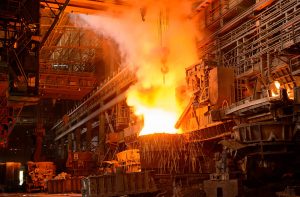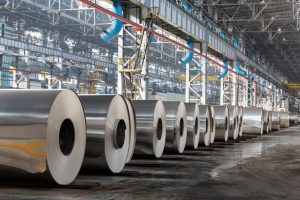 The strength of steel
The strength of steel
One of the most beneficial things about steel is the fact that it has such a broad range of mechanical properties that can be achieved by different heat treatments. Such things as formability, good ductility and strength can all be obtained through heat treatments. All steel is capable of being softened through annealing. The amount of softening is reliant upon the chemical composition of the steel material. Annealing is done by heating to a certain temperature and holding at that temperature for a set period of time, then letting cool at a specific rate. Similarly, steels can also be hardened and strengthened. This is accomplished by cold working, heat treating and/or a combination of the two. The cold working technique is used in order to strengthen low carbon and low alloyed steels, also highly alloyed austenitic stainless steels. Strength can only be raised to a certain level in these types of steel materials, with the exception of highly alloyed austenitic stainless steels, which can be worked to higher strength levels. Most steels are supplied to specific minimum strength levels. Types of heat treatment for steel include Martenistic hardening, Pearlitic transformation, Austempering and Age hardening.
Making the steel grade
Despite the complex conditions that determine the properties of steel, the grades of steel are classed according to their hardness which is impacted by the carbon they contain, the higher the carbon content, the greater the strength, but also the greater the brittleness. This means less elongation can be achieved before breaking. The hardening properties begin to appear at 25% carbon but don?¢‚Ǩ‚Ñ¢t retain much practical use until it reaches 75% in the steel. An interesting way to tell wrought iron from steel is to clean an area so that it shows a metallic surface, then immerse the piece in a dilute mixture of sulphuric and hydrochloric acids. After a few minutes of exposure, the steel will show a granular structure, while the wrought iron will show a fibrous structure.

 The strength of steel
The strength of steel


